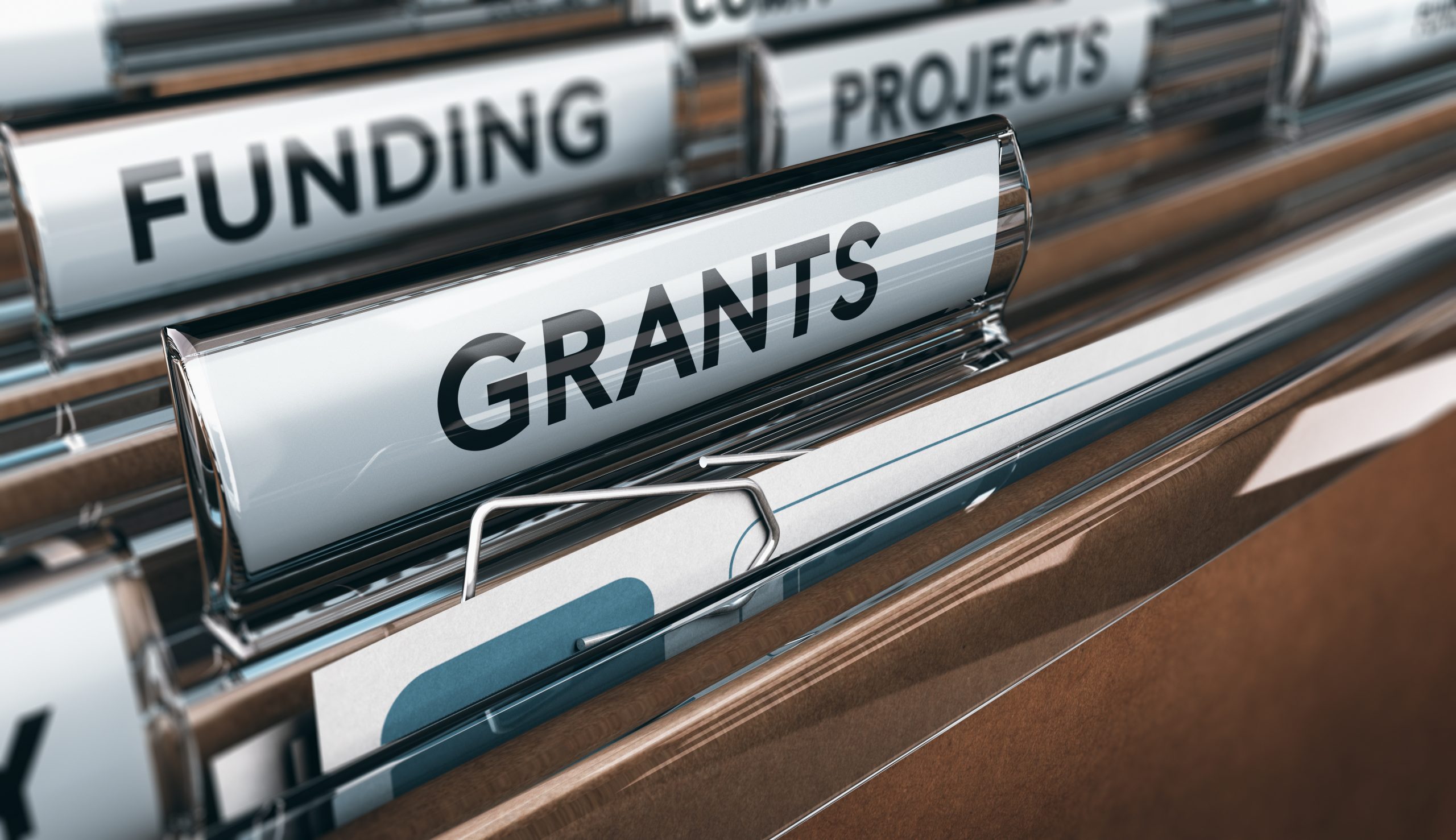

By Krystal Siebrandt, CPA, CFE, CGMA, Partner
Best Practices for Nonprofits Receiving COVID-19 Relief Funding
April 20, 2020
Many nonprofit organizations are currently receiving COVID-19 relief funding, whether it be from the Paycheck Protection Program (PPP) loan, the EIDL, or other CARES Act allocations. Nonprofits must exercise fiscal responsibility in expending the funds as has always been the case with federal and other grants. Below are some best practices to consider during this time.
Avoid “Double Dipping”
Relief funds should not be used for expenses already reimbursed by other sources of funding. It is likely that even in a time of increased demand, nonprofits may be experiencing a slowdown in mission work due to the constraints of serving large populations safely. Therefore, relief funds can support the continuation of payroll and other allowable costs that are not otherwise reimbursable during the global health pandemic. Due care must be applied to ensure costs are not duplicated.
Upon receiving relief funds, nonprofits should consider opportunities to work with existing funders to take full advantage of the use of all dollars. It may also be possible to maximize mission impact over a longer period of time by obtaining extensions from current funders. Therefore, we encourage you to increase communication with your funders immediately.
Tracking Funds is Critical
Costs for each relief program should be tracked and adequate supporting documentation should be maintained. Nonprofits WILL be required by bankers, auditors, and others to provide support for the expenditure of relief funds.
We highly recommend establishing a separate bank account for loan proceeds. As loan funds are used for forgivable costs, funds can be transferred into the nonprofit’s general checking account. Any funds remaining in the separate bank account for the loan will then be readily available when repayment is necessary. It is important to be prepared for potential repayment of loan funds.
If receiving Paycheck Protection Program (PPP) loan funds, general ledger accounting should look as follows:
- Upon receipt of loan funds:
- Debit – PPP Bank Account
- Credit – Note Payable – PPP
- Upon use of funds for allowable costs:
- Debit – General Bank Account
- Credit – PPP Bank Account
- Upon forgiveness of the loan:
- Debit – Note Payable – PPP
- Credit – Grant Revenue – PPP
Other Reporting Requirements
As you know, cumulative annual expenditures of federal funds in excess of $750,000 subject organizations to Single Audit requirements under Uniform Guidance. There has not been any guidance thus far exempting federal relief funds from Single Audit requirements. This means nonprofits who previously were not required to have a Single Audit may be subject to one. These nonprofits should begin to prepare by:
- Estimating annual expenditures of federal funds,
- Determining applicable compliance requirements,
- Designing internal controls over compliance requirements, and
- Communicating with auditors.
There is no doubt that relief funding during this challenging time is critical to the survival of the nonprofit organizations that serve our communities so well. However, it is important to maintain strong internal controls and accountability over the funds, so stakeholders can be assured of proper use and public trust is not lost.
For additional information and updates on COVID-19 financial relief provisions, please click here.
This communication and any applicable contents pertaining to COVID-19 employer relief provisions is based on our professional judgment given the facts provided to us and the COVID-19 employer relief provisions guidance as of the date of the communication. Subsequent developments changing the facts provided to us, or differences in the final guidance and regulations once they are issued, may affect the advice provided. These effects may be material.



